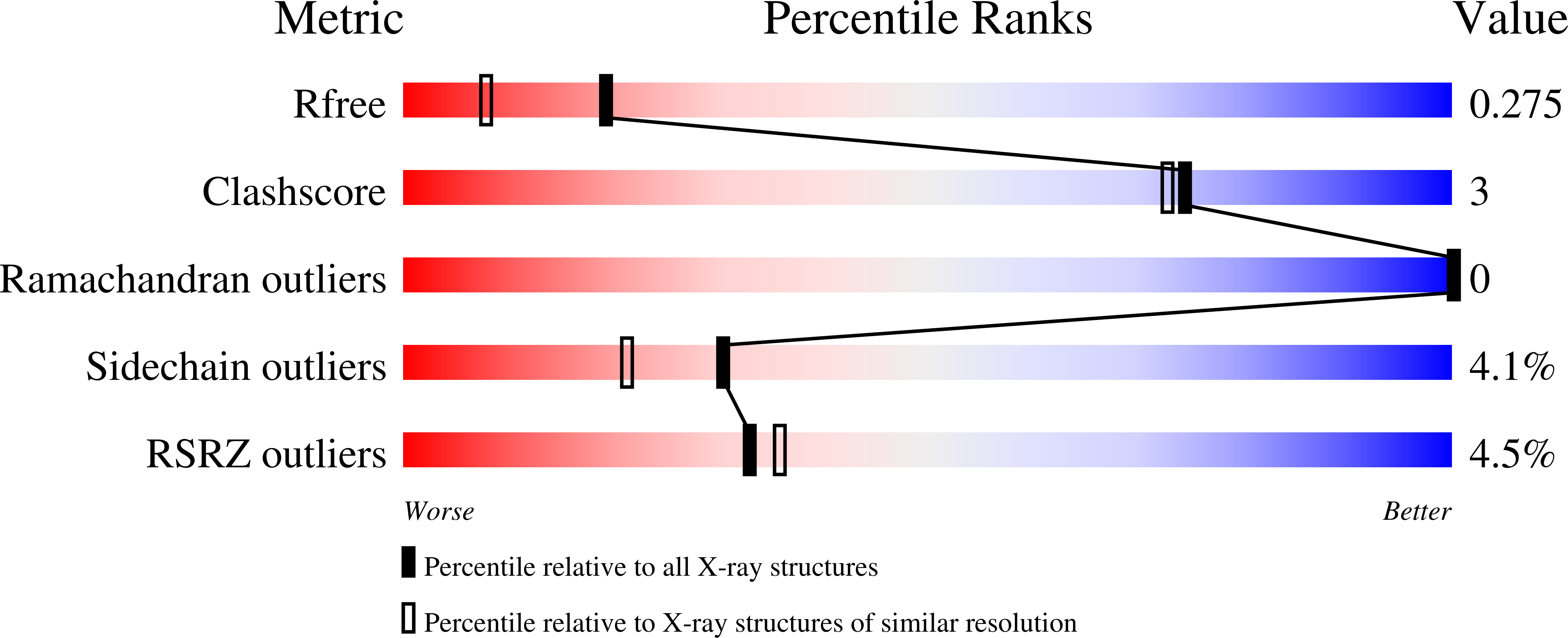
Deposition Date
2003-08-29
Release Date
2003-11-04
Last Version Date
2023-08-16
Entry Detail
PDB ID:
1QW0
Keywords:
Title:
Crystal Structure of Haemophilus influenzae N175L mutant Holo Ferric ion-Binding Protein A
Biological Source:
Source Organism:
Haemophilus influenzae (Taxon ID: 727)
Host Organism:
Method Details:
Experimental Method:
Resolution:
1.90 Å
R-Value Free:
0.27
R-Value Work:
0.21
R-Value Observed:
0.22
Space Group:
P 21 21 2


